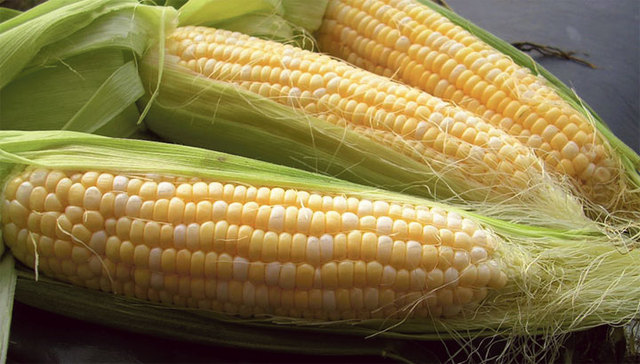Year In Review: Farm Laws And Spilled Secrets
Farm Laws And Spilled Secrets




Latest Article|September 3, 2020|Free
::Making Grown Men Cry Since 1992




